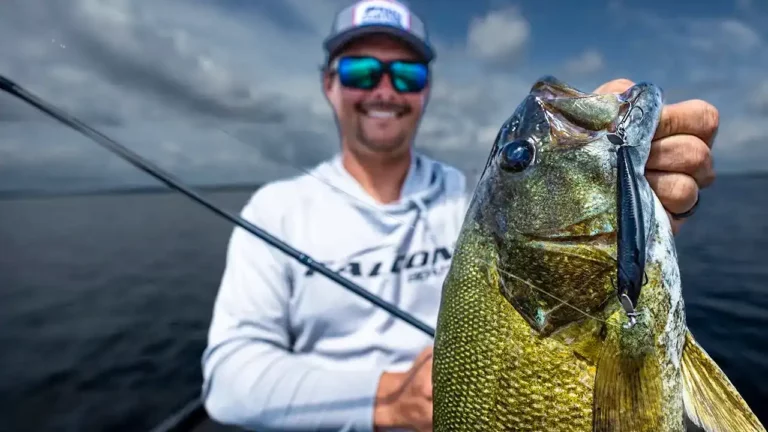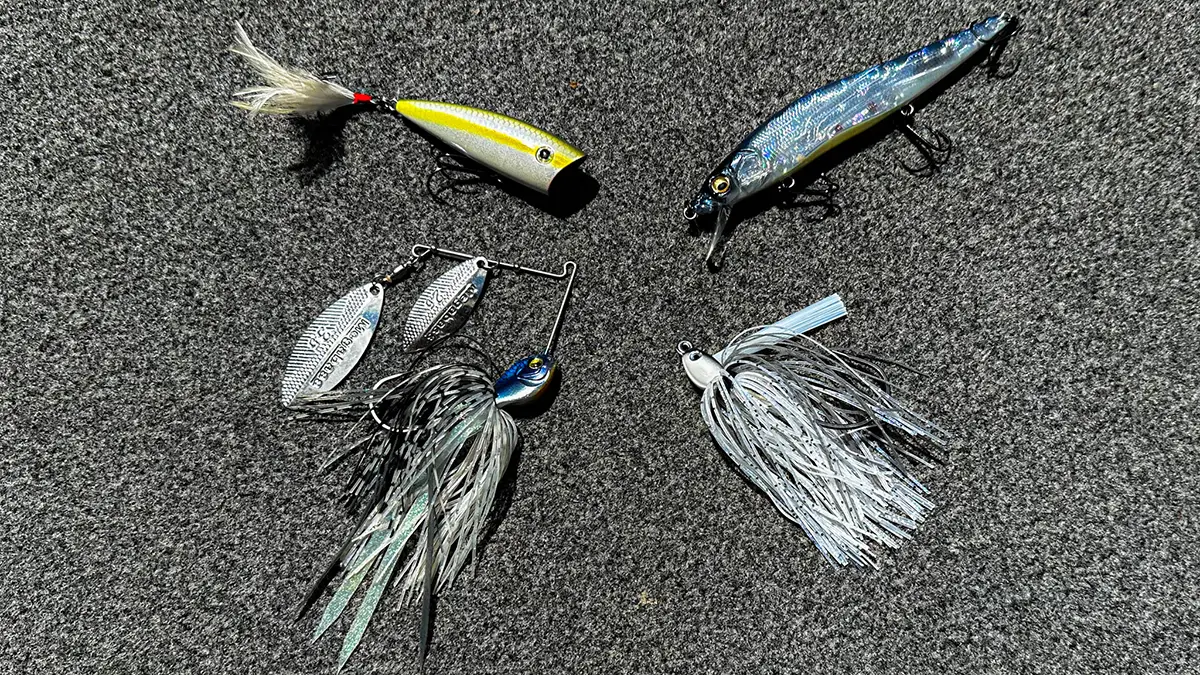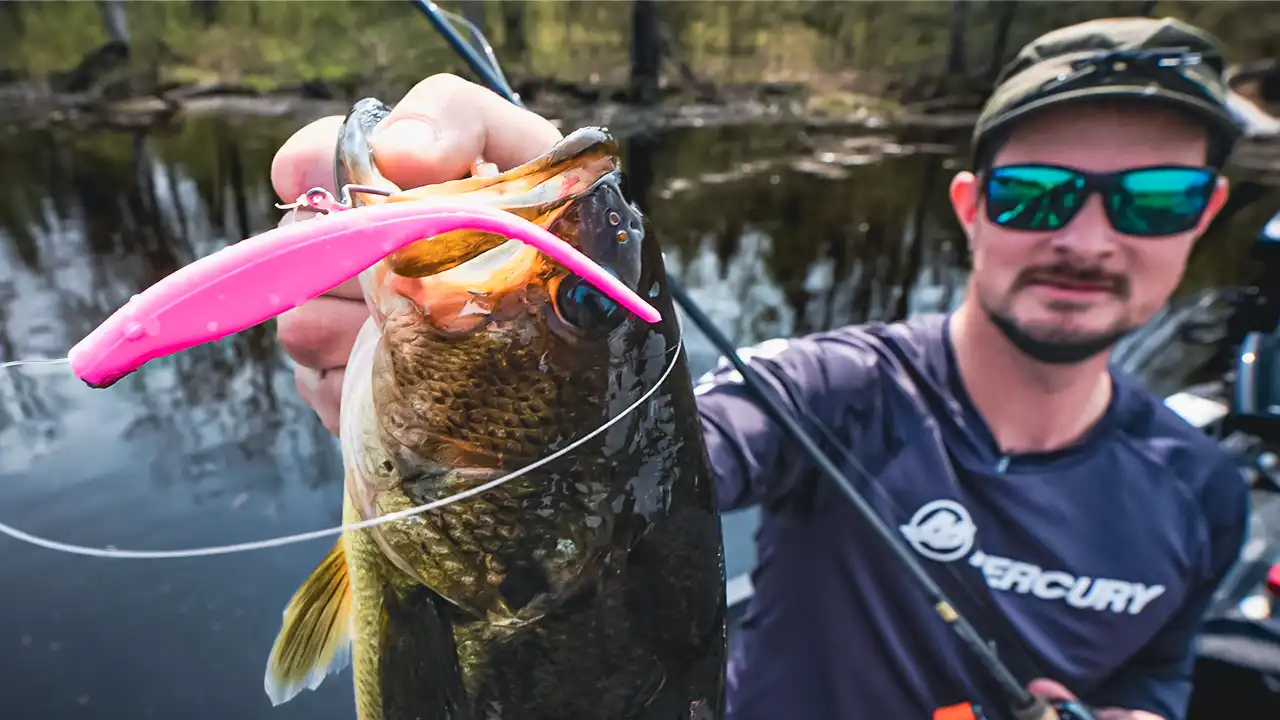Wired2fish caught up with pro bass angler Justin Atkins on famed Lake Champlain during the post-spawn period in mid-June. Atkins shares valuable tips on where and how to fish spybaits to trigger roaming post-spawn smallmouth bass in gin-clear water. The same technique works excellently across the northern states during the onset of summer. And while considered a “clear water” technique, our team has had excellent success Ned rig fishing in dirty water. Given this, spybaits are worth a try throughout the country and in different water clarities.
TACKLED USED (retail links)
- LURE – Berkley SPY Spinbait: Buy at Tackle Warehouse
- ALL SPYBAITS – Buy at Tackle Warehouse, Buy at Omnia Fishing, Buy at FishUSA
- ROD – Fenwick Elite Bass Spinning Rod, 6’10” Medium Light: Buy at Tackle Warehouse
- REEL – Abu Garcia Zenon Spinning Reel: Buy at Tackle Warehouse
- MAIN LINE – Berkley X9 Braid, 6-pound: Buy at Tackle Warehouse
- LEADER LINE – Berkley Trilene 100% Fluorocarbon, 6-pound: Buy at Tackle Warehouse
Reading the Post-Spawn
As bass transition from the beds to post-spawn roaming, Atkins emphasizes the importance of noting subtle changes in fish behavior. He provides insights on identifying the most productive fishing depths considering the spawn to post-spawn transition and water clarity.
Harnessing the Power of Spybaits
Atkins uses a slow-sinking Berkley Spybait size 70 to fish over cabbage-laden grass flats, where smallmouth tend to suspend high in the water column. He explains how to select between slow and fast sinking spybaits based on the depth of the grass and where the fish are positioned in the water column. As he notes, northern fisheries are flooded with baitfish in the 3-inch range during the early summer, and a small spybait is comparable in size and action with a subtle roll. It’s flat-out hard to beat.
Perfecting the Casting Technique
In this section, Atkins elaborates on his rod, reel, and line setup for effectively casting and fighting bass with spybaits. Spybaits are “finesse hard baits” and are best fished on lightweight setups. Atkins prefers a small diameter 6-pound braided mainline to a 6-pound fluorocarbon leader for long casts and low visibility. He recommends using a medium-light spinning rod to prevent the small, lightweight treble hooks from tearing free. The medium-light action has a considerable bend in the rod tip and forces patience and care when reeling fish hooked on small hooks. The outcome? More boated bass.
Choosing the Right Spybait Colors
Atkins shares his method of choosing spybait colors based on the forage. Carry a variety of colors so you can experiment with matching the hatch and going non-natural, as that can be a trigger.
Versatility of Spybaits
Atkins demonstrates the versatility of spybaits in various conditions – be it over sand, grass, rock, or under shade lines. He discusses the effective use of fast and slow sinking versions of the bait depending on the depth and location of the fish. Similar to plastics rigged on a jighead, spybaits can be counted down and fished at any depth, making them highly versatile. They’re also easy to fish, akin to the cast and reel method used with paddle tail swimbaits.
User-Friendly Fishing with Spybaits
Atkins wraps up the tutorial by explaining how user-friendly spybaits are and their ability to remain stable at chosen depths. In conclusion, several quality fish catches affirm the effectiveness of spybaits in challenging conditions, be it high skies and calm conditions, clear water, heavy pressure, or all of the above.
















